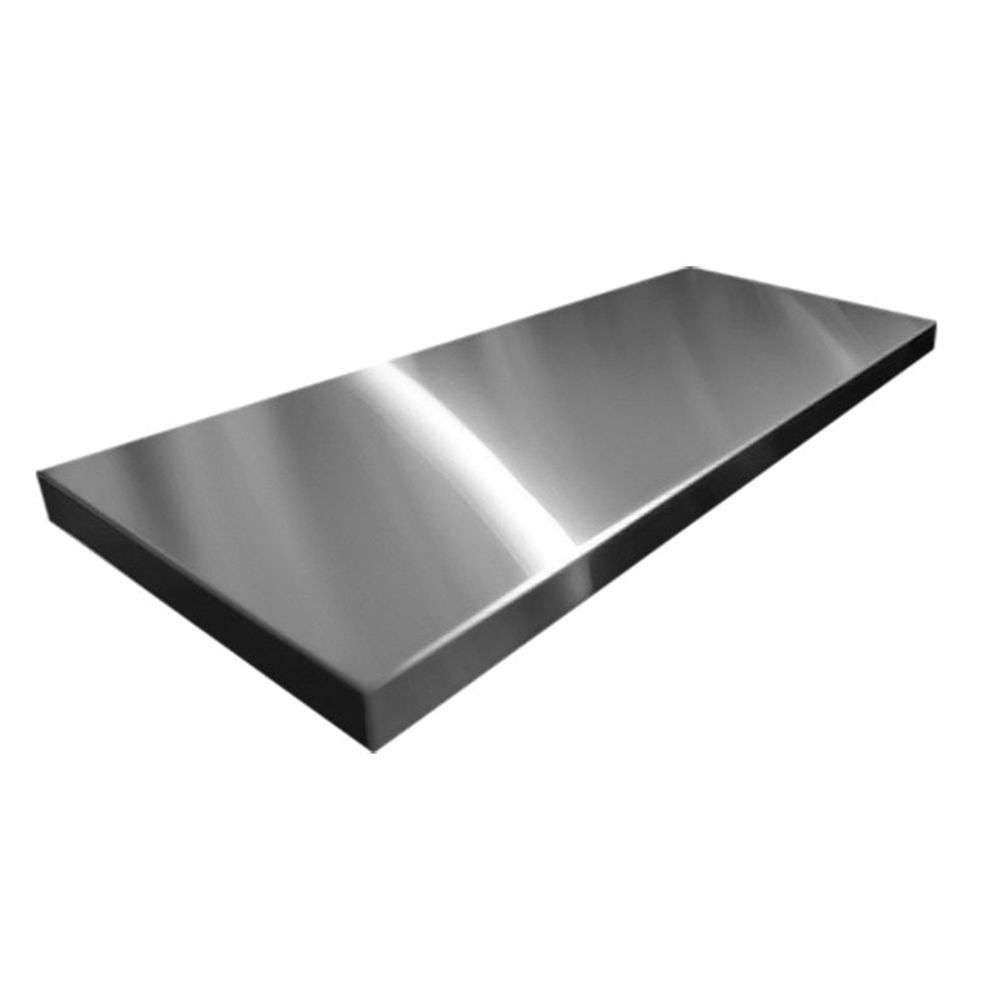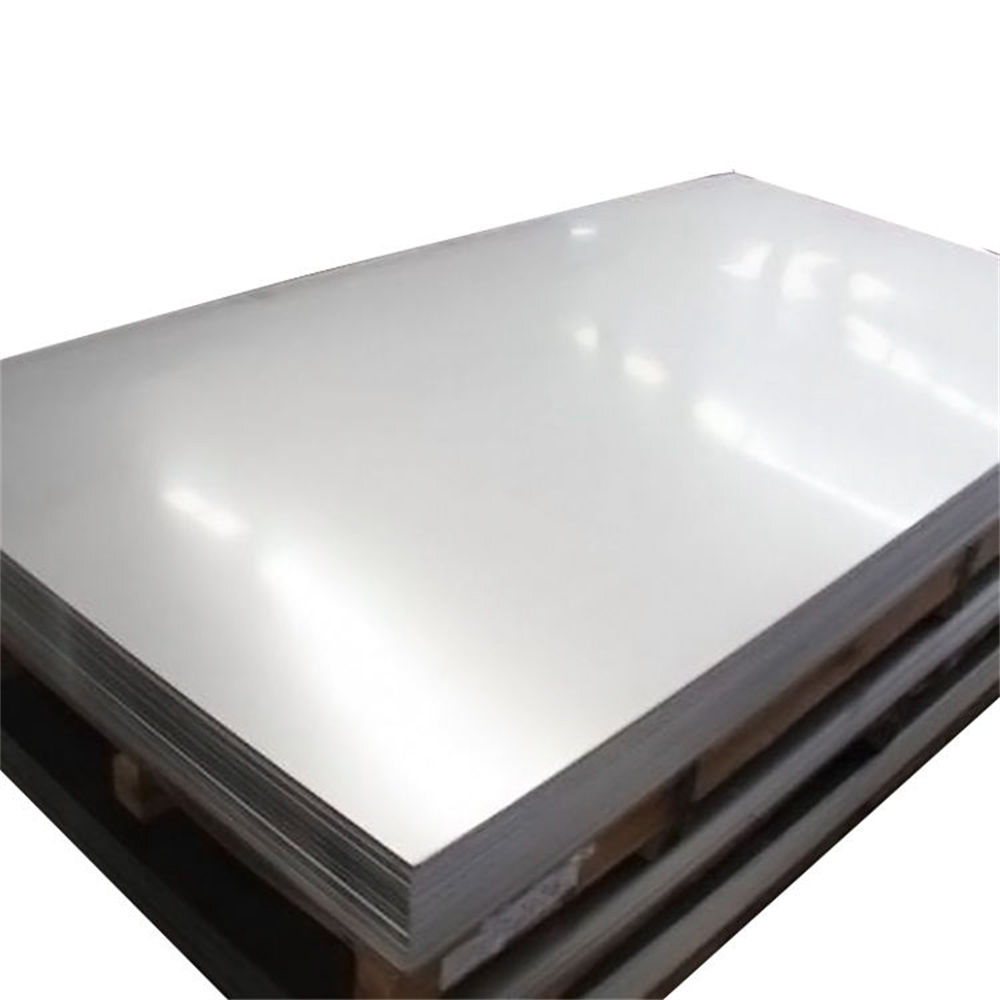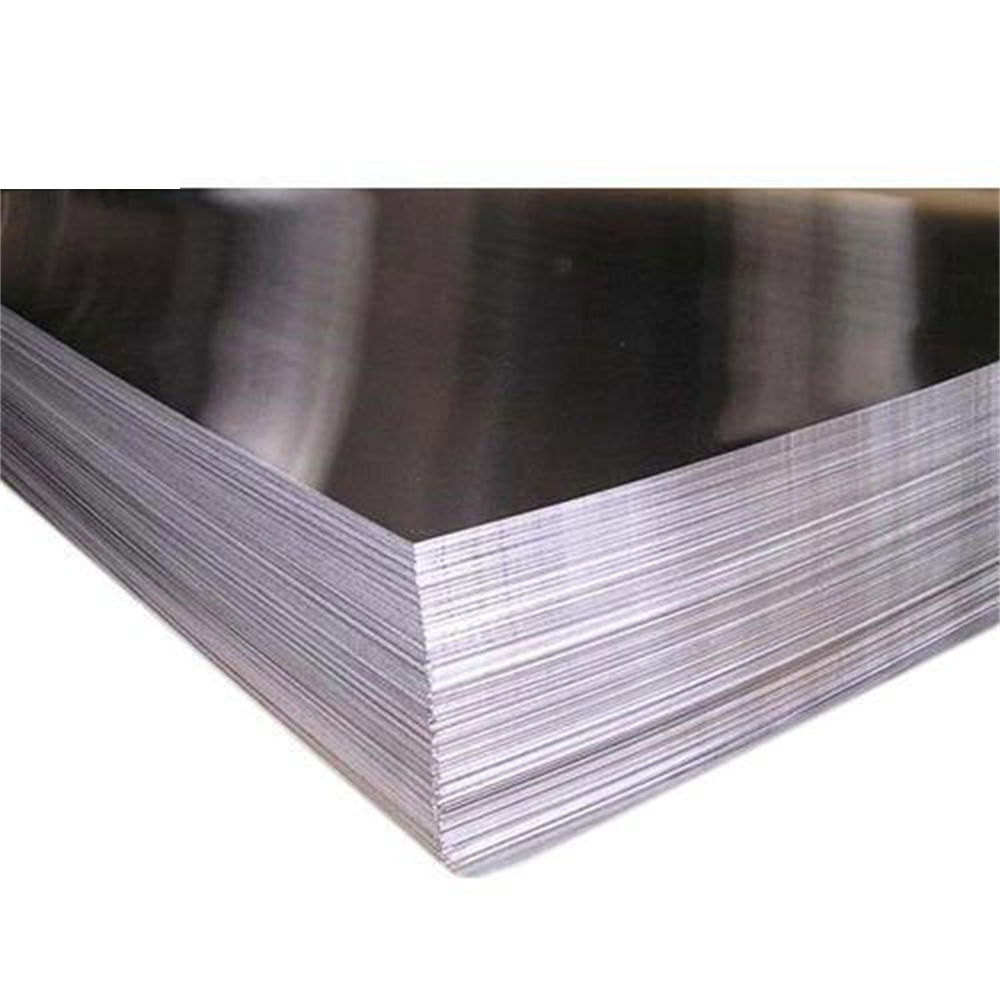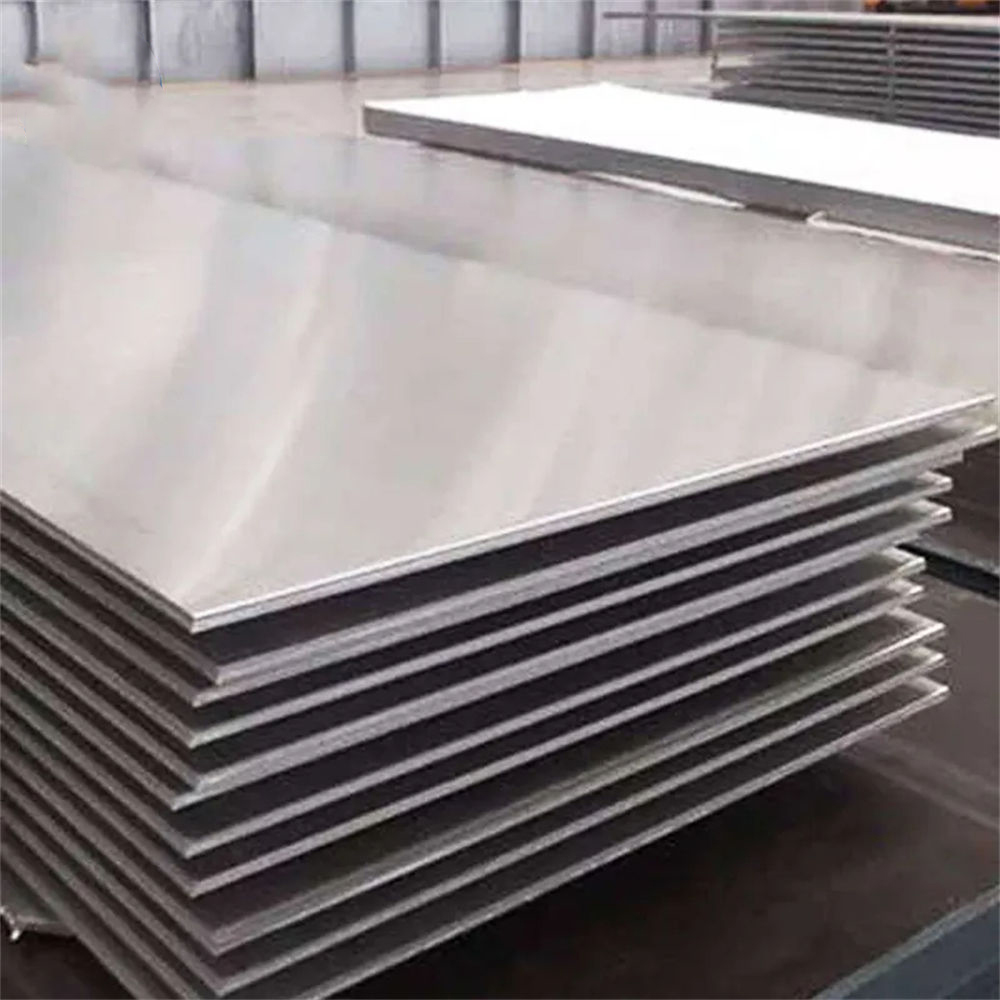 0
0
Products Description

Pure nickel plate is a thin plate product made of high-purity nickel material. Nickel is a silver-white metal with good corrosion resistance, thermal stability and mechanical properties. Pure nickel plate usually has high purity, with a nickel content of more than 99%. It has excellent corrosion resistance and performs well in various corrosive media such as acids and alkalis. Pure nickel plate also has good thermal stability and can maintain strength and stability in high temperature environments. Its mechanical properties are also excellent, with some strength and ductility.
Pure nickel plates are widely used in many fields. It is often used in the chemical industry to manufacture chemical equipment, storage tanks, and pipelines to withstand corrosive media and high-temperature environments. In the electronics industry, pure nickel plates are widely used in the manufacture of electronic devices, batteries, capacitors, etc. due to their good conductivity and corrosion resistance. In the aerospace industry, pure nickel plates are used to manufacture aircraft engine components, turbine blades, combustion chambers, etc. In addition, pure nickel plate is also used in the food processing industry for the manufacture of equipment that comes into contact with food due to its non-toxicity, corrosion resistance and thermal stability. Medical device manufacturing is also one of the application areas of pure nickel plates, such as artificial joints, implantable devices and dental equipment.
Dimension

The thickness and dimensions can be met what customers required.
Production Process:

Raw material preparation: Select high-purity nickel metal as raw material. The raw material can be metallic nickel obtained by smelting and refining nickel ore, or it can be recycled scrap nickel products. The key to raw material preparation is to ensure that the purity and quality of the raw materials meet production requirements.
Smelting: The selected nickel metal raw materials are placed in a furnace for melting, usually using heating equipment such as electric furnaces or gas furnaces. During the smelting process, the temperature and melting time are controlled to ensure that the raw materials are fully melted and a uniform melt is obtained.
Casting: Molten nickel metal is poured into a casting mold, cooled and solidified to form a preliminary nickel slab. The casting method can be continuous casting or static casting, and the appropriate process can be selected according to the needs.
Finish rolling: The preliminary nickel slab is rolled in multiple passes through a continuous rolling mill or a hot rolling mill to gradually reduce the thickness of the plate while improving its surface flatness and mechanical properties. Through fine rolling, pure nickel plates that meet the specifications are obtained.
Pickling: The fine-rolled pure nickel plate is pickled, usually soaked and rinsed in an acidic solution (such as sulfuric acid) to remove oxides and impurities on the surface to ensure the surface quality and purity of the pure nickel plate.
High-temperature annealing: Perform high-temperature annealing treatment on the pickled pure nickel plate to eliminate internal stress and improve the uniformity of grains, and enhance the mechanical properties and thermal stability of the pure nickel plate.
Cutting and processing: The annealed pure nickel plate is cut, stamped, bent and processed as needed to meet different application requirements.
Surface treatment: Surface treatment of pure nickel plates, such as polishing, electroplating, etc., to improve its appearance quality and prevent corrosion.
Quality inspection: During the production process, quality inspection of pure nickel plates is carried out, including chemical composition analysis, physical performance testing, dimensional inspection, surface quality assessment, etc., to ensure that pure nickel plates meet relevant standards and requirements.
Quality testing methods:

Chemical composition analysis: Through chemical analysis methods, the content of each element in the pure nickel plate is detected to determine whether its chemical composition meets the specified requirements. Commonly used analytical methods include spectral analysis (such as photoelectric emission spectroscopy, inductively coupled plasma emission spectroscopy) and chemical analysis (such as wet chemical analysis).
Physical performance test:
Strength and ductility: Evaluate the mechanical strength and ductility of pure nickel plates through tensile tests, impact tests, etc.
Hardness: Use a hardness tester (such as Rockwell hardness tester, Barcol hardness tester) to measure the hardness of pure nickel plate to evaluate its resistance to deformation and wear resistance.
Thermal conductivity: The thermal conductivity test is used to evaluate the thermal conductivity of pure nickel plates to ensure its heat conduction effect in high temperature environments.
Magnetism: Use a magnetic tester to detect the magnetism of pure nickel plates to determine whether their magnetic properties meet the requirements.
Dimensional inspection: By measuring the thickness, width, length and other dimensional parameters of the pure nickel plate to ensure that it meets the requirements of the product specifications. Commonly used measuring tools include micrometers, tape measures, microscopes, etc.
Surface quality assessment: Conduct visual inspection and microscopic observation of the surface of the pure nickel plate to evaluate whether the surface is smooth, without cracks, unevenness, obvious oxidation, contamination and other defects.
Packaging and labeling inspection: Check whether the packaging of pure nickel plates is intact and has the correct logos and labels to ensure product traceability and traceability.
Q&A:

What are the main advantages of pure nickel plate?
The main advantages of pure nickel plate include high purity, good corrosion resistance, thermal stability and mechanical properties. It is a high-quality material suitable for applications requiring high purity and corrosion resistance.
In what fields are pure nickel plates commonly used?
Pure nickel plates are commonly used in the chemical industry, electronics industry, aerospace industry, food processing industry, medical equipment and other fields. It is used in the manufacture of chemical equipment, electronic devices, aircraft engine components, food processing equipment, and medical devices.
What is the difference between pure nickel plate and stainless steel plate?
The main difference between pure nickel plate and stainless steel plate is the material composition and performance. Pure nickel plates are made of higher purity nickel materials and have higher corrosion resistance and thermal stability; stainless steel plates are made of iron alloys with added elements such as chromium and have better corrosion resistance and strength.
Specification

Grade | Ni+Co | Cu | Si | Mn | C | Mg | S | P | Fe |
N4 | 99.9 | ≤0.015 | ≤0.03 | ≤0.002 | ≤0.01 | ≤0.01 | ≤0.001 | ≤0.001 | ≤0.04 |
N6 | 99.5 | 0.10 | 0.10 | 0.05 | 0.10 | 0.10 | 0.005 | 0.002 | 0.10 |
Ni201 | ≥99.9 | ≤0.25 | ≤0.35 | ≤0.35 | ≤0.02 | / | ≤0.01 | / | ≤0.40 |
Ni200 | ≥99.6 | ≤0.25 | ≤0.35 | ≤0.35 | ≤0.15 | / | ≤0.01 | / | ≤0.40 |
For more details, pls directly contact us.





E-mail: Info@hulkalloy.com
Mobile: 0086 13852926463
Tel: 0086 13852926463
Whatapps: 0086 13852926463
Add: Renli Village, Fangxian Town, Danyang City, Jiangsu Province, China